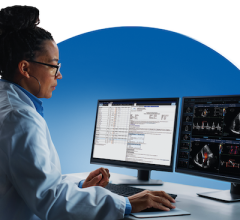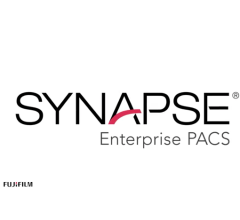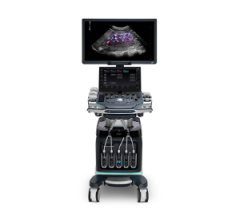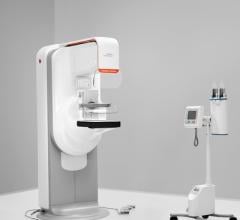
Jeffrey W. Prescott, M.D., Ph.D.
The Radiological Society of North America (RSNA) presented its fourth Alexander R. Margulis Award for Scientific Excellence to Jeffrey W. Prescott, M.D., Ph.D., and colleagues, for the article, “The Alzheimer Structural Connectome: Changes in Cortical Network Topology with Increased Amyloid Plaque Burden,” published in Radiology in October 2014.
Named for Alexander R. Margulis, M.D., a distinguished investigator and inspiring visionary in the science of radiology, this new annual award recognizes the best original scientific article published in RSNA’s peer-reviewed journal Radiology.
“Receiving the Alexander R. Margulis Award is an incredible distinction,” said Prescott, a radiology resident at Duke University Medical Center in Durham, N.C. “As a young researcher who reads Radiology every month, I can’t stress how honored I am to be chosen for this award by such a prestigious scientific journal. This work would not have been possible without the substantial effort of every single author on this study. I feel very fortunate to have worked with each of these great researchers.”
Since 2005, the Alzheimer’s Disease Neuroimaging Initiative (ADNI) has been collecting and analyzing numerous biomarkers, including blood and cerebrospinal fluid, positron emission tomography (PET) imaging, and MRI in patients suffering from or at risk for developing Alzheimer’s disease. Funded by a collaboration of multiple National Institutes of Health (NIH) institutes, as well as private industry, the initiative has enrolled more than 1,700 patients worldwide.
“The research would not have been possible without the efforts of everyone involved with the Alzheimer's Disease Neuroimaging Initiative,” Dr. Prescott said. “ADNI gave us access to a large, well-curated database of images and clinical information, so that we were able to investigate our hypothesis in a powerful but timely manner.”
The study investigated the brain's structural connectome, a map of white matter tracts that carry signals between different areas of the brain. Researchers evaluated data from ADNI patients to identify differences in the structural connectome between individuals with normal cognition, individuals with mild cognitive impairment, and individuals with Alzheimer’s disease to examine how structural connectivity might change with increased cortical amyloid deposition.
“One of our main goals was to use this data to investigate how early structural changes occur in the brain, and to determine if we are able to detect structural changes over time,” Dr. Prescott said. “Dementia has many different symptoms, and people decline at different rates. Neuroimaging is the best technique to investigate why those rates of decline are different.”
The researchers correlated changes in the structural connectome shown on diffusion tensor images with results from florbetapir positron emission tomography imaging, a technique that measures the amount of beta amyloid plaque in the brain. Increased florbetapir uptake corresponds with greater amounts of the protein.
The results showed a strong association between florbetapir uptake and decreases in strength of the structural connectome in each of the five areas of the brain studied, suggesting that structural network changes need to be a target for therapy early in the course of Alzheimer’s disease.
The Margulis award selection committee was impressed with the use of the international cohort of patients, the novelty of the analysis, and the potential importance of the findings with respect to future therapy for Alzheimer’s disease.
“This type of analysis could have substantial impact on trials of Alzheimer's disease therapies,” said Radiology editor, Herbert Y. Kressel, M.D. “Specifically, biomarker information, including the integrity of the connectome, might be studied to reduce development times for new drugs, diminish costs associated with clinical trials, improve drug safety and optimize drug efficacy.”
For more information: RSNA.org


 December 17, 2025
December 17, 2025 









